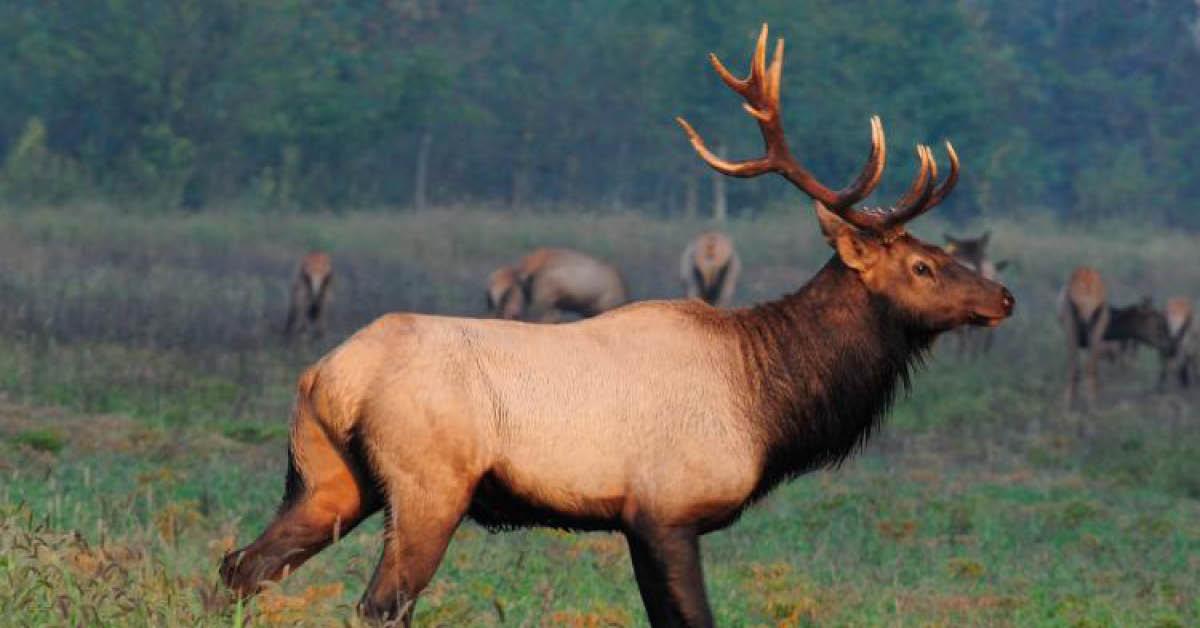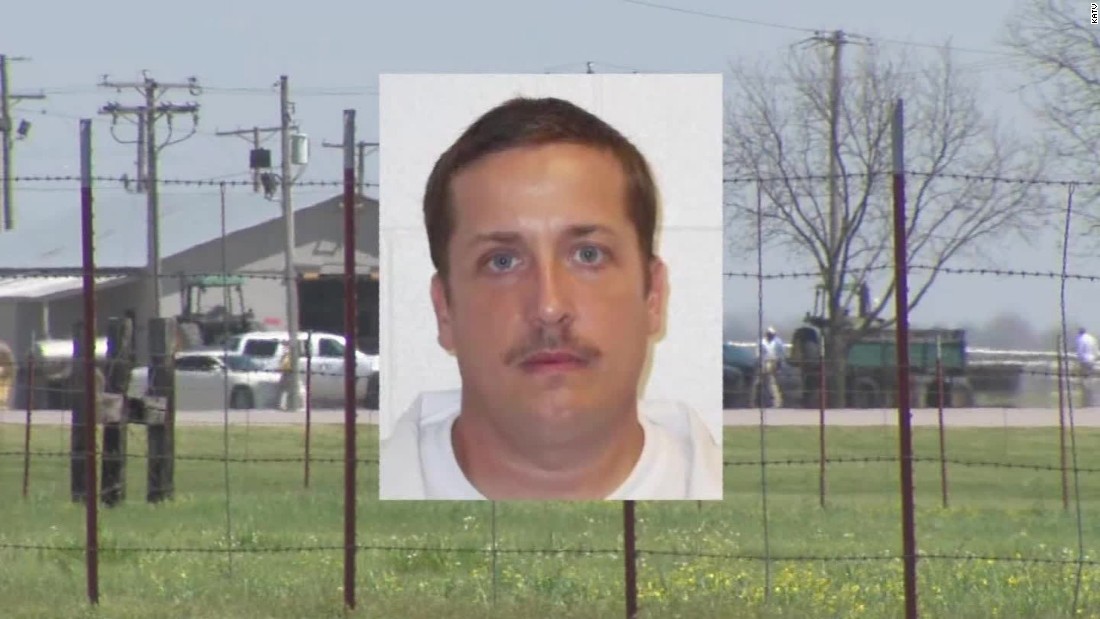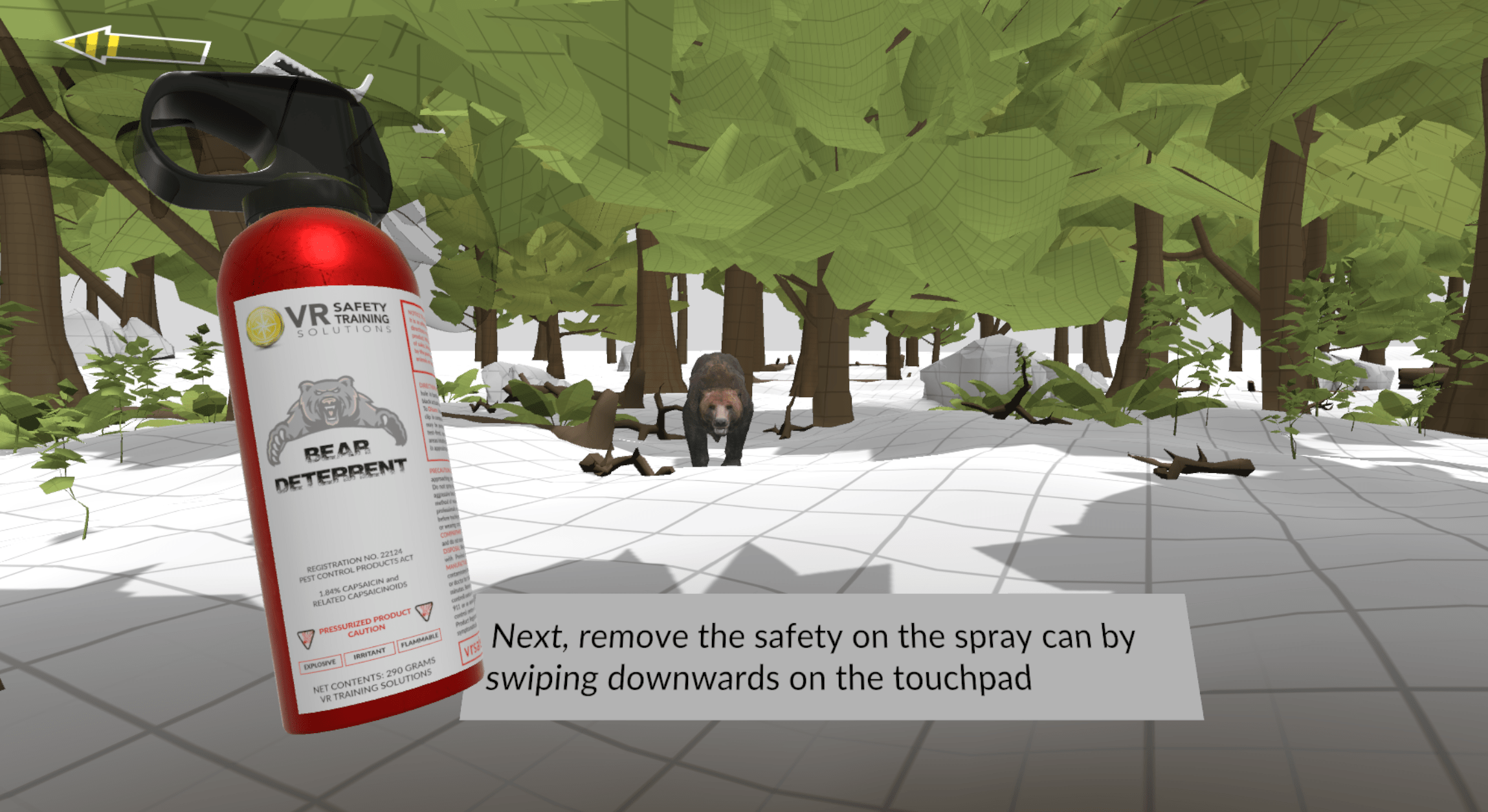CWD Found In Jackson Hole Elk: Understanding The Risks

Table of Contents
Understanding Chronic Wasting Disease (CWD)
What is CWD?
Chronic Wasting Disease (CWD) is a fatal, transmissible spongiform encephalopathy (TSE) affecting cervid species, including elk, deer, and moose. It's caused by an abnormal prion protein, which causes misfolding of normal prion proteins in the brain. This misfolding leads to the formation of amyloid plaques, resulting in severe neurological damage, emaciation, and ultimately, death. CWD is relentlessly progressive and incurable.
How is CWD Transmitted?
CWD transmission occurs primarily through direct contact between infected and susceptible animals, or through indirect contact via environmental contamination.
- Direct Contact: Transmission can happen through saliva, urine, feces, blood, and other bodily fluids from an infected animal.
- Environmental Contamination: Infected animals shed prions into the environment, contaminating soil, water, and vegetation. These prions can persist in the environment for extended periods, posing a long-term risk of infection to other animals. This means that even after an infected animal has died, the risk remains. The long incubation period (the time between infection and the appearance of symptoms) can range from months to years, further complicating efforts to control the disease.
Symptoms of CWD in Elk
Early detection of CWD in elk is challenging, as symptoms often don't appear until the disease is well-advanced. However, some observable signs include:
- Significant weight loss despite maintaining a normal appetite.
- Changes in behavior, such as listlessness, staggering gait, and lack of coordination.
- Excessive drooling or salivation.
- Increased thirst and urination.
- A rough hair coat.
The Impact of CWD on Jackson Hole's Elk Population
Current Status of CWD in Jackson Hole
The extent of the CWD outbreak in Jackson Hole is still being assessed. Ongoing surveillance efforts by wildlife agencies are crucial in tracking the spread of the disease and determining the number of infected animals. The geographical distribution of CWD within Jackson Hole is also being monitored closely to understand the pattern of transmission.
Potential Long-Term Effects
The potential consequences of a CWD outbreak in Jackson Hole are far-reaching and deeply concerning:
-
Population Decline: Widespread CWD infection could lead to a significant decline in the elk population, disrupting the delicate balance of the ecosystem.
-
Genetic Impact: The loss of a significant portion of the elk herd could negatively impact the genetic diversity of the population, making it more vulnerable to future diseases and environmental changes.
-
Economic Impacts: The decline in elk numbers could severely affect hunting opportunities and related tourism revenue, impacting the local economy.
-
Ecological Cascade Effects: The decline of the elk population could trigger a cascade of effects throughout the ecosystem, impacting predator populations (wolves, bears), plant communities, and overall biodiversity.
Mitigation and Prevention Strategies
Role of Wildlife Management Agencies
State and federal wildlife management agencies play a critical role in mitigating the spread of CWD. Their efforts include:
- Surveillance Programs: Regular monitoring of elk populations through testing harvested animals and assessing environmental samples.
- Hunting Regulations: Implementing hunting regulations, including specific hunting seasons and limits in affected areas, to help manage the population and reduce transmission risk. This may involve targeted culling of infected animals.
Individual Responsibilities
Responsible hunters and land managers play a vital role in preventing further spread. Individual actions include:
- Proper Handling and Disposal of Carcasses: Hunters should avoid handling the brains and spinal cords of harvested animals and properly dispose of carcasses according to agency guidelines.
- Cleaning Hunting Equipment: Thorough cleaning and disinfection of hunting equipment after each use is crucial to prevent the spread of prions.
- Reporting Sick Animals: Any signs of illness or unusual behavior in elk should be reported immediately to the relevant wildlife agencies.
- Responsible Land Management: Practicing responsible land management techniques can help minimize environmental contamination and reduce the risk of CWD transmission.
Ongoing Research and Future Directions
Extensive research is underway to gain a better understanding of CWD, its transmission dynamics, and the development of effective prevention and control strategies. This includes research into potential vaccines and therapeutic interventions.
Conclusion
The discovery of CWD in Jackson Hole's elk population highlights the urgent need for collaborative efforts to protect this vital wildlife resource. The potential long-term consequences of this disease are severe, posing a threat not only to the elk herd but also to the broader ecosystem and local economy. By understanding the risks, following responsible hunting and land management practices, and supporting ongoing research, we can work together to mitigate the spread of CWD and preserve the health of Jackson Hole's wildlife for generations to come. Report any suspected cases of CWD to your local wildlife agency immediately. Visit your state's wildlife agency website (links provided below) for more information on CWD prevention and management in your area. Together, we can protect our wildlife from the devastating impact of Chronic Wasting Disease. Learn more and get involved – the future of Jackson Hole's elk depends on it. [Insert links to relevant state and federal wildlife agency websites here]

Featured Posts
-
 Sheriffs Reelection Campaign Halted Following Five Inmate Escapes In New Orleans
May 22, 2025
Sheriffs Reelection Campaign Halted Following Five Inmate Escapes In New Orleans
May 22, 2025 -
 Googles Improved Virtual Meetings A Less Suckier Experience
May 22, 2025
Googles Improved Virtual Meetings A Less Suckier Experience
May 22, 2025 -
 The Untold Story Vybz Kartels Prison Experience Family And New Music
May 22, 2025
The Untold Story Vybz Kartels Prison Experience Family And New Music
May 22, 2025 -
 Enhanced Safety Partnerships Free Bear Spray And Training
May 22, 2025
Enhanced Safety Partnerships Free Bear Spray And Training
May 22, 2025 -
 El Desafio De Javier Baez Recuperar La Salud Y La Productividad
May 22, 2025
El Desafio De Javier Baez Recuperar La Salud Y La Productividad
May 22, 2025
